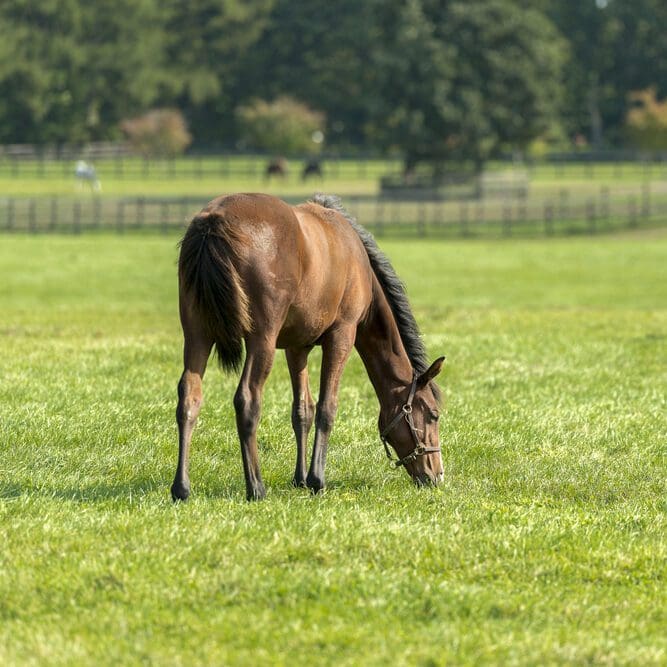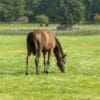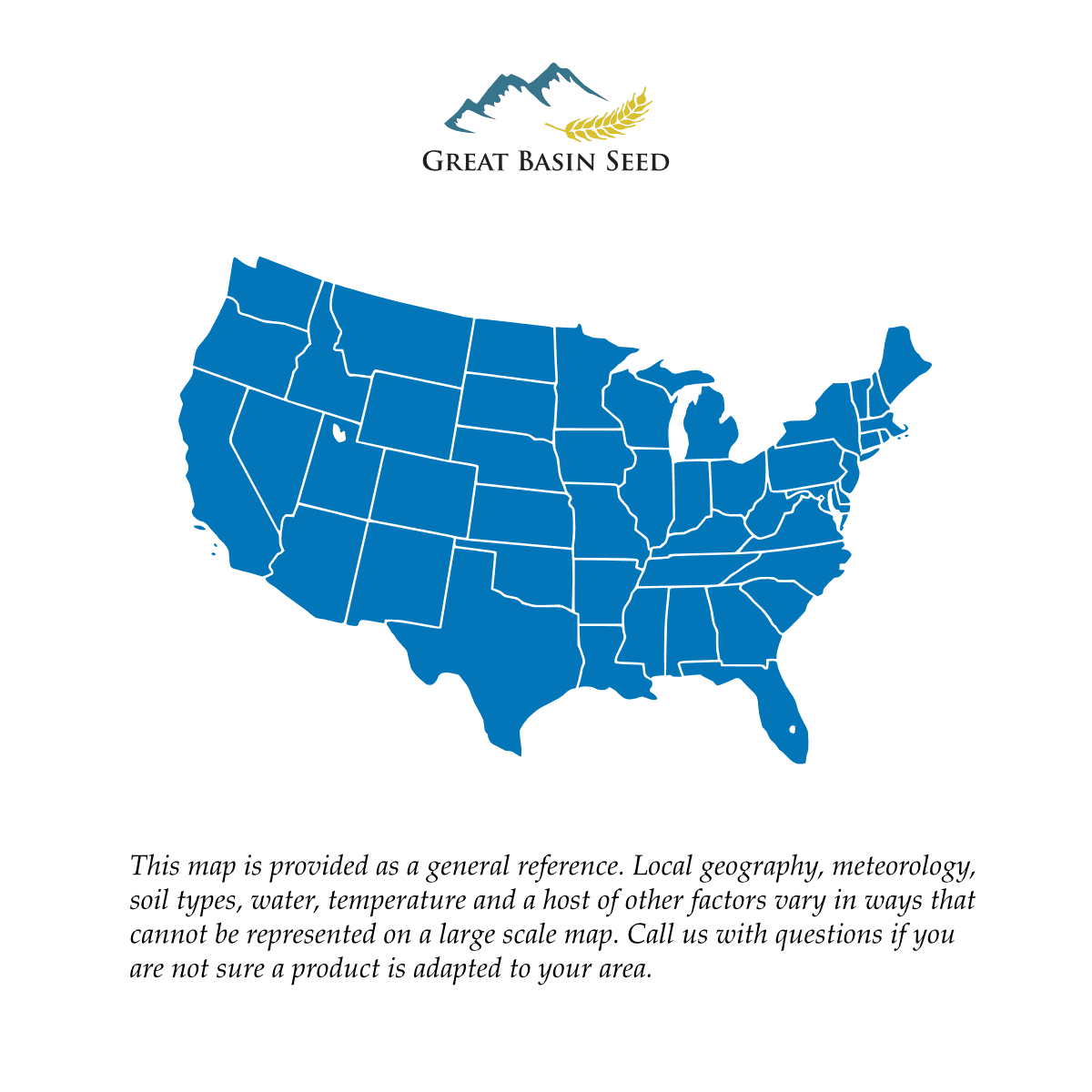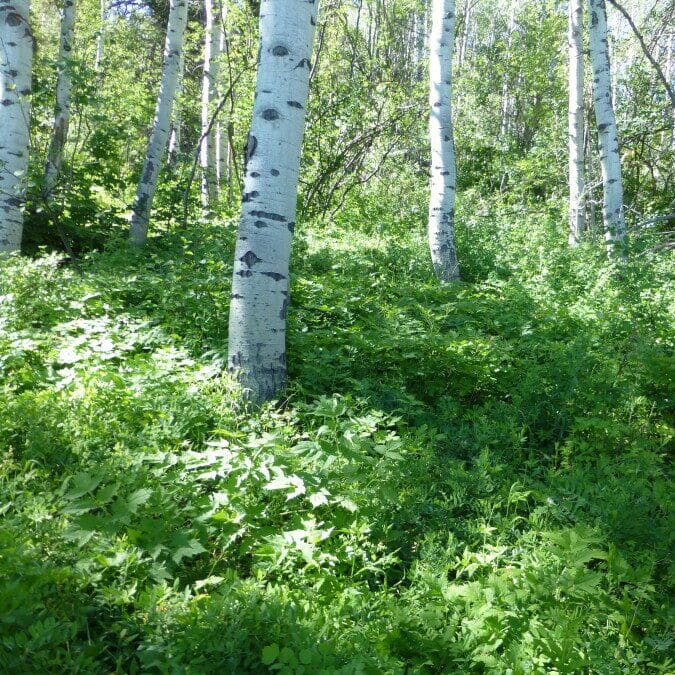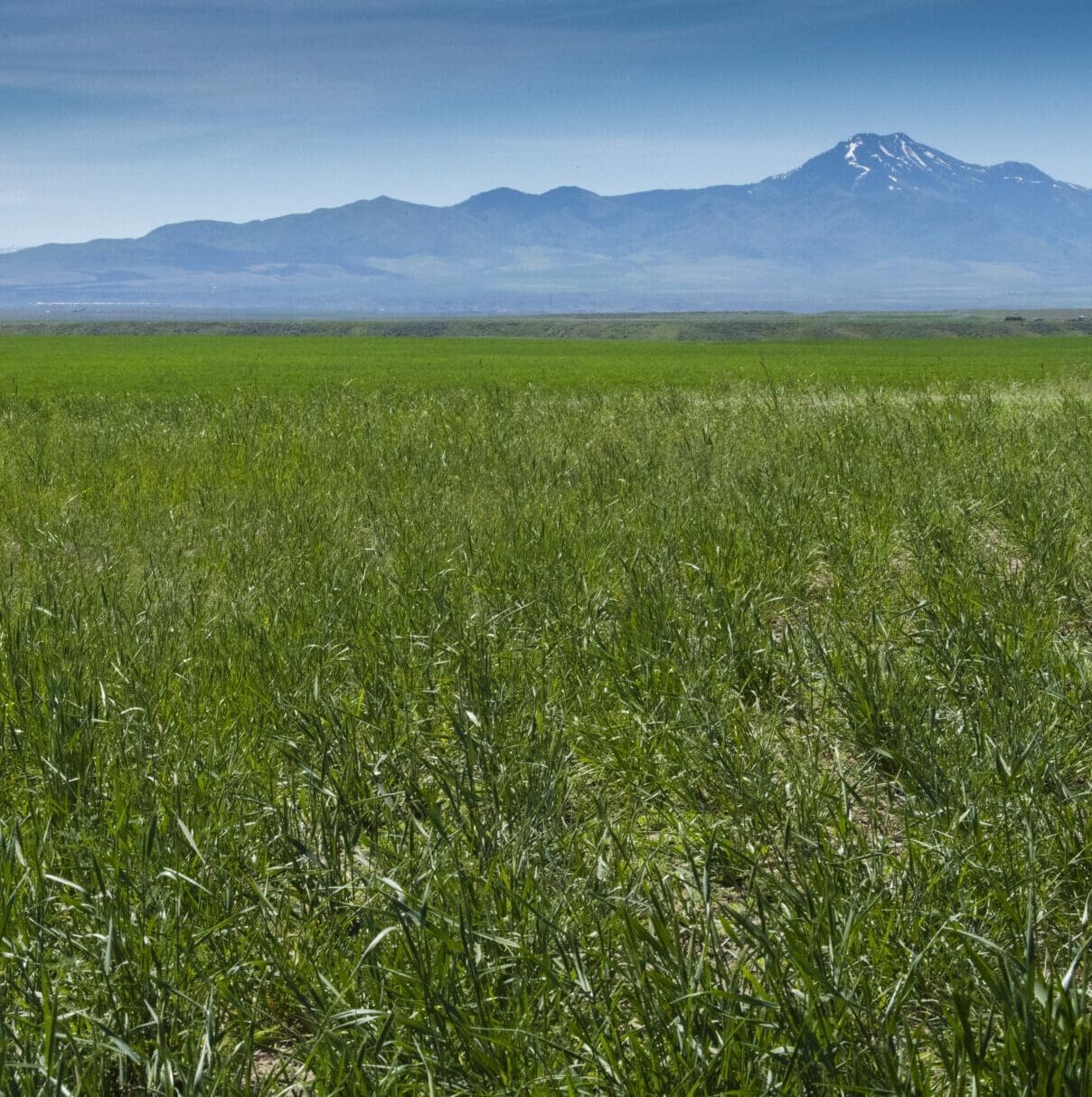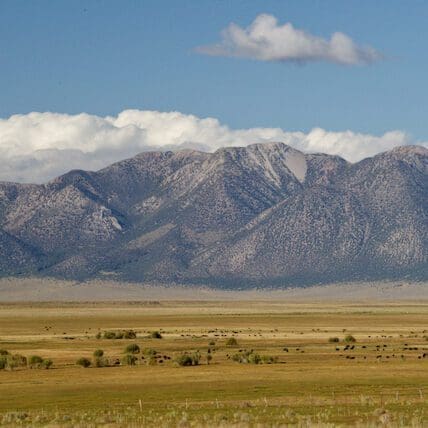Min. to Max. Annual Precipitation
48in.
Average Max. Height
Horse Pasture Seed Mix is blended especially for horse pasture and hay. It preforms best under sprinkler irrigation. It is made up of forage grass varieties that are adapted to all of the USA. A mixture of perennial rye-grasses, orchard-grass, timothy and kentucky bluegrass. Best planting time is late fall when seed will lay dormant until spring.
General Description:
Our Horse pasture mix is made up of forage grass varieties that are adapted to all of the USA. Most of them have been adapted to suit certain needs. For example, Oro Verde is very cold tolerant and drought tolerant. Albion is very drought tolerant and recovers quickly after grazing and/or cutting. Both varieties are excellent forage grasses. Quickdraw Orchardgrass is also drought and heat tolerant and recovers well after grazing and cutting. It is one of the most sought after orchard grasses on the market. All varieties are endophyte free.
- Timothy
- Oro Verde Tetraploid Perennial Rye
- Albion Tetraploid Perennial Rye
- Quickdraw Orchardgrass
- Kentucky Bluegrass (forage type)
Uses:
Our Horse Pasture Seed Mix is blended specifically for horse pasture and hay. It is also good for cattle.
Planting Time:
The best time for planting this mix is early, late fall or spring. For an early fall planting you need at least 8 weeks of good growth before your first hard freeze. Keep seeds watered so the soil does not dry out (high frequency, low duration) until grass is about 4-6″ tall, then switch to a low frequency, high duration cycle.
When planting late fall ensure that night temperatures are freezing and day temperatures are cool. This will allow the seeds to lay dormant throughout the winter, germinating in the spring once the soil temperatures have reached between 50-60 degrees.
For a spring planting ensure that the seed is planted after the last frost date. Keep watered so the soil does not dry out (high frequency, low duration) until grass is about 4-6″ tall, then switch to a low frequency, high duration cycle.
Best results are obtained with the equine pasture grass mix when drilled, but broadcasting is the most common method of planting. The soil is best prepared with some sort of light disturbance such as a harrow. Preparation will vary from site to site and will depend upon your equipment. As with all of our grass mixes, plant no deeper than 1/4″
Seeding Rate:
Plant no deeper than 1/4″ Correct planting depth is crucial to success.
Drilled: 16lb. per acre
Broadcasted: 20lb. per acre
Watering:
It performs best under sprinkler irrigation, but can be flood irrigated. Refer to Planting Time for more watering information.
It is important to us that you plant seed that will produce the end results you desire. This prescribed Horse Pasture Seed Mix may not be best for your situation. If it is not, We can alter any of our seed mixes to your liking to help you achieve your goals. Call 435.283.1411
You may also like our Dryland Pasture Mix or Irrigated Pasture Mix
Varieites and mix contents may vay based on industry availability. Refer to product analysis tag for exact content information.
The graphic above should provide a good visual reference of proper seeding depth. Note: The roll/pack step is highly recommended (but not necessary) with the broadcast seeding method. We do NOT recommend you roll/pack after drilling unless you are absolutely certain your drill is set to the shallowest possible drill depth – no more than .25″. A drill depth set too deep will result in buried seeds, poor germination and poor establishment – or failure.
Left: Ideal soil prep and proper broadcast method seed depth. The seeds have good soil contact on an even seed bed.
Right: Large dirt clods result in poor soil contact and uneven establishment. To the best of your ability, prepare an even, disturbed seed bed. What is “correct” or “ideal” will vary with your circumstances. In a range situations or on rocky ground the soil in the left photo is unrealistic.
Pasture mixes &Correct Sowing Methods
Correct sowing method is crucial for the establishment of healthy pasture. Few things have so direct an effect on success – or failure. The following methods are recommended:
Broadcast + Roll (BEST): Broadcast seed on a prepared seed bed. In small plots this is easy done by hand. For medium plots, a fertilizer broadcaster works well. In large-scale seedings a tractor/truck/SUV mounter fertilizer spreader works well. After broadcasting, walking on the area works in small areas and accomplishes the same goal as a roller. In med-large scale seedings, compact the soil surface with a push-roller or a roller mounted to a vehicle or tractor. The goal of the roller is to “press” the seed into the soil surface, ensuring the best possible soil contact.
Broadcast (GOOD): Broadcast seed on a prepared seed bed. In small plots this is easy done by hand. For medium plots, a fertilizer broadcaster works well. In large-scale seedings a tractor/truck/SUV mounter fertilizer spreader works well. DO NOT attempt to bury the seed after broadcasting.
Drilling (GOOD, BUT MUST BE DONE CORRECTLY): There are countless brands and styles of drills. Each are set to their specific make and model – there is no “universal” setting. Set your drill to the desired seeding rate and lift disks to barely scratch the surface. DO NOT bury the seeds. One of the leading causes of establishment failure is sowing too deep.
The internet is awash with horse pasture mix with a broad range of prices and ingredients. It can be confusing and frustrating for the perspective of a buyer. Many of the mixes available are good, some of them are not.
Pay close attention to the mix ingredients and their percentages. Be cautious of mixes with high percentages of annual ryegrass. Annual ryegrass has it’s place in pasture mixes as a fast-establishing solution. It is a short term solution to an immediate need. However, it dies off quickly. If your pasture mix is over 20% annual ryegrass, then the long term value is limited.
